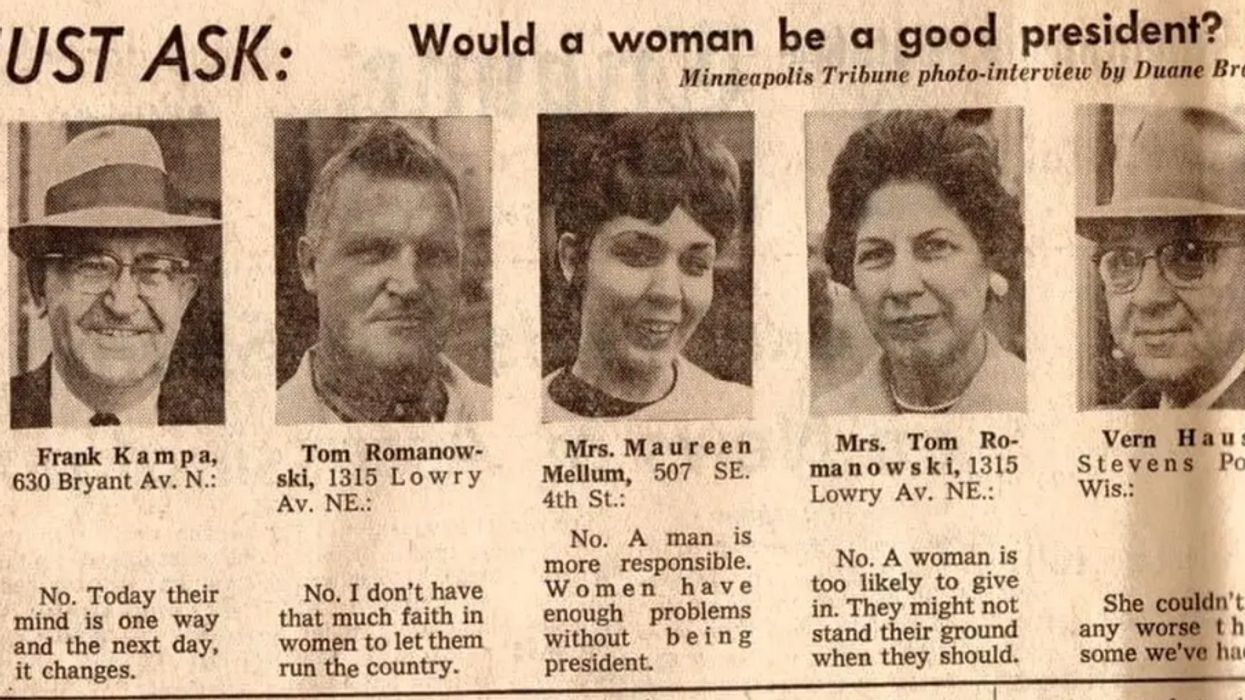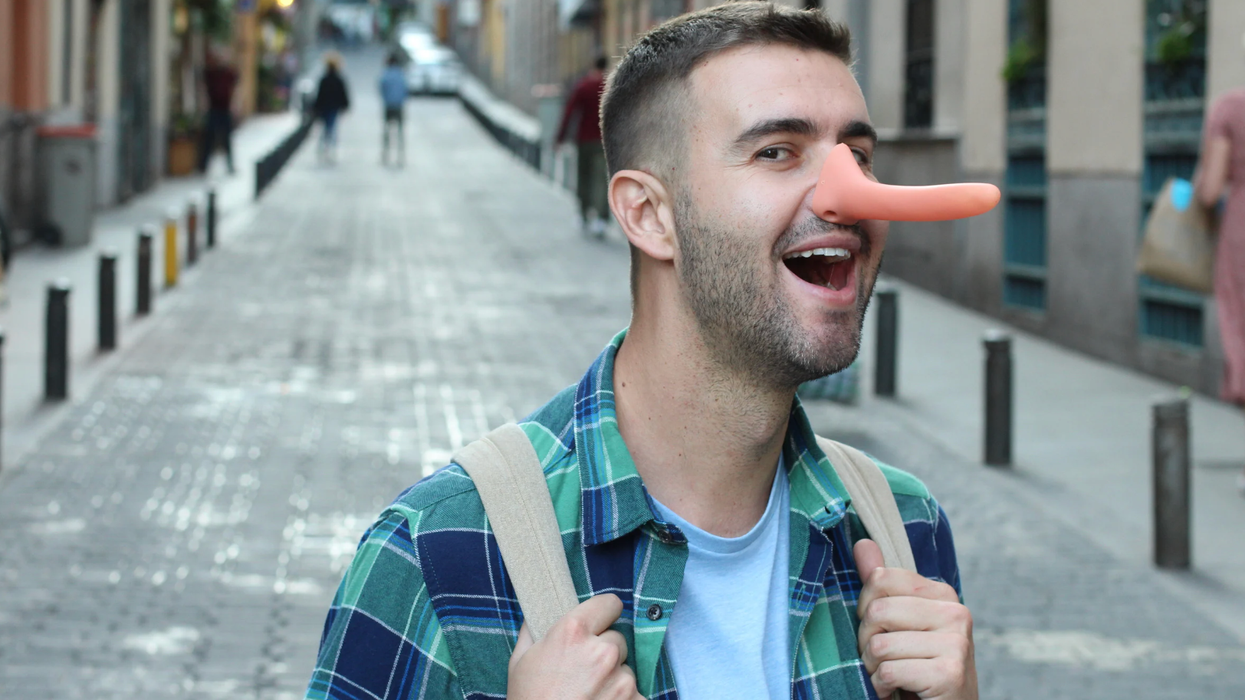When I was in fourth grade, my school replaced our playground. It had been a well-loved, ramshackle structure that seemed to rise 20 or 30 feet into the air. There was a rickety climbing wall made of old tires and a series of precarious metal bars. It was paradise. But when we returned to school after summer break one year, it was gone. In its place was something that looked as if it came out of a box: the standard American playground. The platforms were just a few safe feet from the ground, with a squat fireman's pole and a covered plastic slide. There was also a molded plastic handle you could grip to slide from one platform to another, a mere foot off the mulch. Sliding got boring fast. So we climbed on top of it; then we fell off.The replacement playground was distinctly less fun than the original. What I didn't know then was that it was also distinctly worse: for me, for my imagination, for my problem-solving skills, just as its identical brethren were for developing kids everywhere. Indeed, playgrounds became safer and less inspired at a time when kids needed them most-when competition for children's attention from video games and television meant that they provided the only outdoor playing time a child might get.In the last few years, scientists have made serious breakthroughs in the study of play, and how it affects child development. "The motivating force for a child is play," says Robin Moore, a leading researcher in children's play environments and a professor of landscape architecture at North Carolina State's College of Design. "[It] improves sensory stimulation and cognitive function when you're a young child. We know a lot about some of these things, but we've taken a lot of it for granted." And now, as one in five children from the ages of 6 to 11 has become so idle and overfed as to be considered obese, getting kids to put down the chips and play becomes harder and harder.It's estimated that most children stare at a screen for more than six hours each day; they also spend 50 percent less time outside than kids did 20 years ago. Standardized testing and a fear of lawsuits-schools in Broward County, Florida, famously posted "No Running" signs in their playgrounds in 2005-have caused schools to limit or eliminate physical education altogether. As it stands, 7 percent of first graders now get no recess at all, with many more having their minutes drastically cut; the poorer the school, the less time is dedicated to it.The results of these developments are far-reaching. Many kids, with their sense of play stunted by disuse, sometimes don't even know how to go about it. For a kid raised on PlayStation, a slide isn't going to get the job done. "People are focusing on getting kids outside and getting them physical," says Patricia Donald of the innovative Adventure Playground, in Berkeley, California. "But the playgrounds that they have just don't do that anymore. If you're used to going from your climate-controlled house to your climate-controlled car to your climate-controlled school and then back to your computer, you don't go outside and you don't have to think about creating and manipulating things."Indeed, while playground design has stagnated for at least a generation, kids have gotten tougher to reach. But a growing group of architects, landscape designers, and organizations is fighting to change that. If they have their way, the playgrounds we grew up on will be a relic of the past. The next generation of children will be playing in places we won't even recognize.The playground itself is a relatively new invention. In the late 19th century, progressive reformers started building them in overcrowded immigrant neighborhoods to give children a place to go, away from squalid streets and tenements. These early playgrounds were simple-a sandbox, a basic climbing structure-but they reflected a desire to give children a place to teach themselves about the world. Thinkers like John Dewey championed the notion that play is the equivalent of a child's work, essential to his or her moral development. In the arc of playground evolution that would follow, it is telling that in 1912, New York City removed climbing structures, citing them as too dangerous. Over the next century, the playground evolved in size and form, but nothing obstructed its path toward mediocrity. Even with the right star power and genius, innovation was squashed. In 1965, a groundbreaking children's playground concept by Louis Kahn and Isamu Noguchi, designed for New York City's Riverside Park, was axed after five revisions because of safety concerns.Around the same time, the jungle gym became both standardized and corporatized. Part of this was a function of the market itself: As playground-equipment companies expanded, it made sense for them to offer complete sets for mail order. Susan Solomon, whose book American Playgrounds offers a definitive history, lays much of the blame on McDonald's. As the company began building cookie-cutter play spaces in its restaurants (it now has nearly 8,000), it reinforced the idea of a monolithic form of child's play. Playgrounds now, says Moore, "are supplied through regional representatives of playgrounds manufacturers. All they're interested in is selling play equipment."Lawsuits-filed by the parents of children injured while cavorting in these public playgrounds-have also changed the business. When litigation piled up in the early 1980s, the industry responded by raising insurance premiums and adhering closely to safety standards set up by the Consumer Products Safety Commission. Unsurprisingly, few creative ideas made it through these standards, lest any innovations be dangerous and result in more injury. God forbid a child jam his finger or scrape her knee.But what the new, safe equipment is missing, of course, is the stuff that, according to Moore, makes play fun and crucial to early-childhood development: variety, complexity, challenge, risk, flexibility, and adaptability. So what are the actual benefits of these things? What we know about play is still fairly limited. One study found that the brains of rats deprived of play are less developed than those of rats allowed to carry on normally. Another study found that playing helps build "executive function"-our ability to regulate emotion and impulse. Scientists are also beginning to study the possible link between a lack of play and attention deficit/hyperactivity disorder in children.Since not all play is equal, there is a new emphasis on something called "free play"-basically, unstructured time in which kids create their own scenarios, cooperate, and learn to assess risk. And because the jungle gyms at the corner playground aren't cutting it, designers are finally incorporating things that we always knew kids loved-blocks, water, sand, things to jump off of-but somehow never thought to put into the places where they play. At long last, there is a movement under way that is poised to tear down the foundation of the traditional playground, one uninspiring plank at a time. Our kids will thank them later.ALTERNATIVE PLAYGROUNDS-Adventure Playgrounds-Nature Playgrounds-Loose Parts Playgrounds
Search
Latest Stories
Start your day right!
Get latest updates and insights delivered to your inbox.
We have a small favor to ask of you
Facebook is critical to our success and we could use your help. It will only take a few clicks on your device. But it would mean the world to us.
Here’s the link . Once there, hit the Follow button. Hit the Follow button again and choose Favorites. That’s it!
The Latest
Most Popular
Sign Up for
The Daily GOOD!
Get our free newsletter delivered to your inbox
















 Otis knew before they did.
Otis knew before they did.